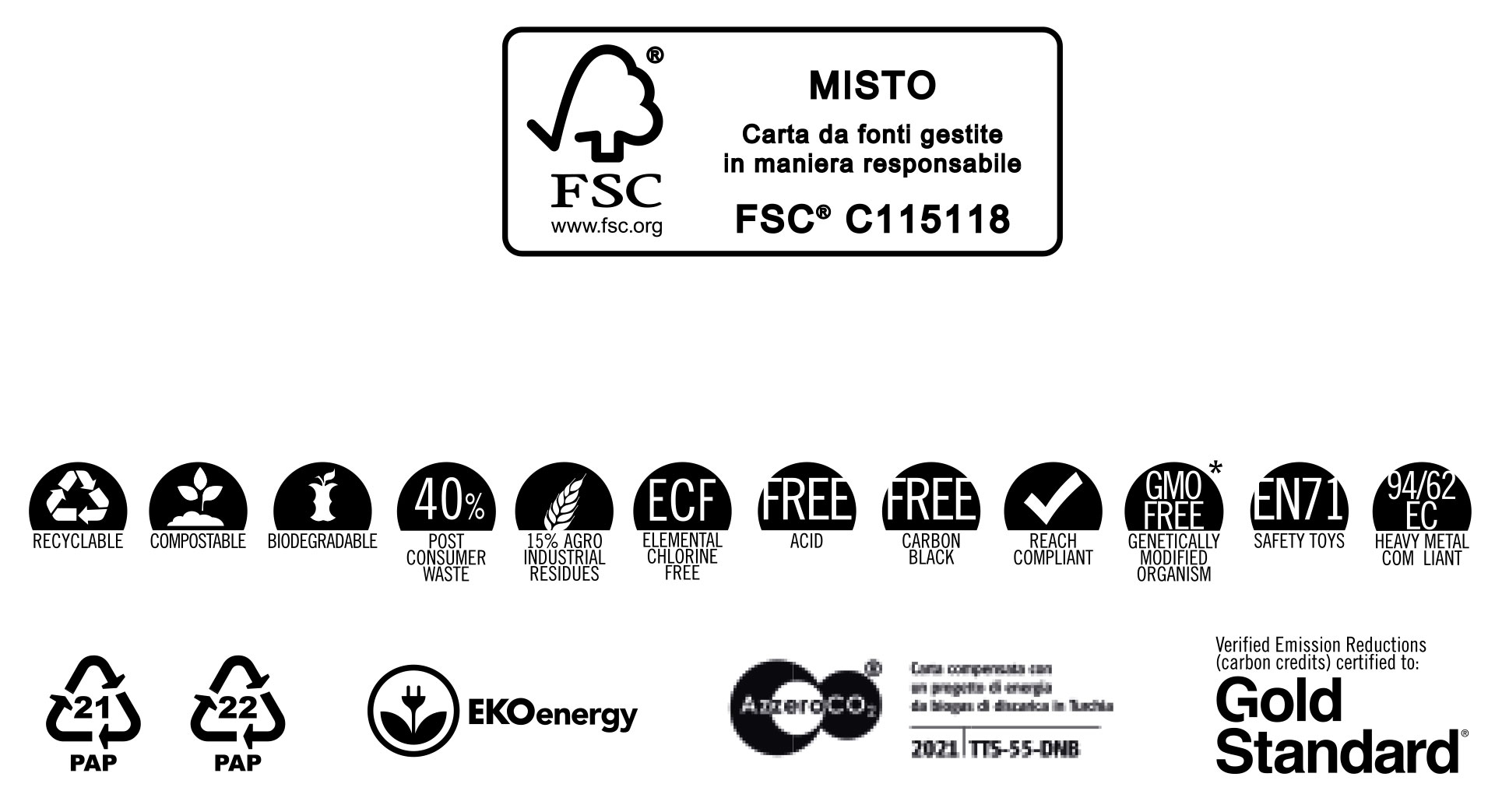Every year, around a third of the food produced globally is wasted, from farm to fork1. This corresponds to over a billion tons of food, representing a considerable loss from an economic and environmental point of view. In fact, when food is wasted, the resources used for its production, such as water, land and energy, are also wasted. It has been estimated that supply chain losses and food waste contribute to up to 10% of global greenhouse gas emissions2.
Food waste refers to the amount of food that is not consumed at the home, restaurant and retail levels. Domestic waste, at a global level, represents the most significant part of total waste (60%), followed by the catering sector (28%) and retail sales (12%)3. These data are also found at a European level, where 54% of food waste occurs at a domestic level 4. In the European Union, over 59 million tonnes of food waste are generated every year, equal to 132 kg for each inhabitant5, with an associated market value estimated at 132 billion euros6. At the same time, over 42 million people cannot afford a quality meal every two days (Eurostat, 2023).
A study coordinated by the University of Bologna and currently under scientific review, in which the Barilla Foundation collaborated, has estimated that the value of waste exceeds 500 euros per year per family. This means that if a family reduces waste, they can save up to 500 euros a year. This study uses the same methodology as Giordano et al. (2019) to estimate the burden of waste of the Italian population through diaries and was used as the basis for the "Who doesn't waste, we gain" campaign.
Preventing and reducing food waste is within everyone's reach: this is why we have collected 120 anti-waste actions with which to enrich our daily lives in an easy-to-consult book.
In preparing the book, we started from an in-depth and accurate analysis of national and international scientific literature to identify which foods were most wasted (such as fruit, vegetables, bread, fresh dairy products) and what were the main reasons for this waste (incorrect storage, incorrect reading of expiry dates, etc). Once the literature review was completed, we identified and divided the possible anti-waste actions into 5 main categories: how to best preserve the various types of food, including a part on the correct reading of expiry dates, how to cook also using parts of the food that we usually discard and how to reuse the leftovers. The last two sections instead focus on meal planning and out-of-home, in particular when shopping and the meals we have for example in the office or at a restaurant. All the actions and advice in the book are based on solid scientific evidence, to translate attention to saving and waste into everyday life.
Reducing food waste is a great opportunity to improve the quality of our life: it allows us not only to enhance food and protect our planet but also to promote a real culture of saving.
1 FAO, 2011.
2 Mbow, C.; et al. Chapter 5. Food security. In Climate Change and Land: An IPCC Special Report on Climate Change, Desertification, Land Degradation, Sustainable Land Management, Food Security, and Greenhouse Gas Fluxes in Terrestrial Ecosystems; IPCC: Geneva, Switzerland, 2019. - United Nations Environment Programme. Food Waste Index Report 2021; UNEP: Nairobi, Kenya, 2021.
3 United Nations Environment Programme. Food Waste Index Report 2024; UNEP: Nairobi, Kenya, 2024
4 Eurostat, 2024. https://ec.europa.eu/eurostat/statistics-explained/index.php?title=Food_waste_and_food_waste_prevention_-_estimates
5 Eurostat, 2024.
6 SWD (2023)421, https://eur-lex.europa.eu/resource.html?uri=cellar:1fefebb0-1b4e-11ee-806b-01aa75ed71a1.0001.02/DOC_5&format=PDF









